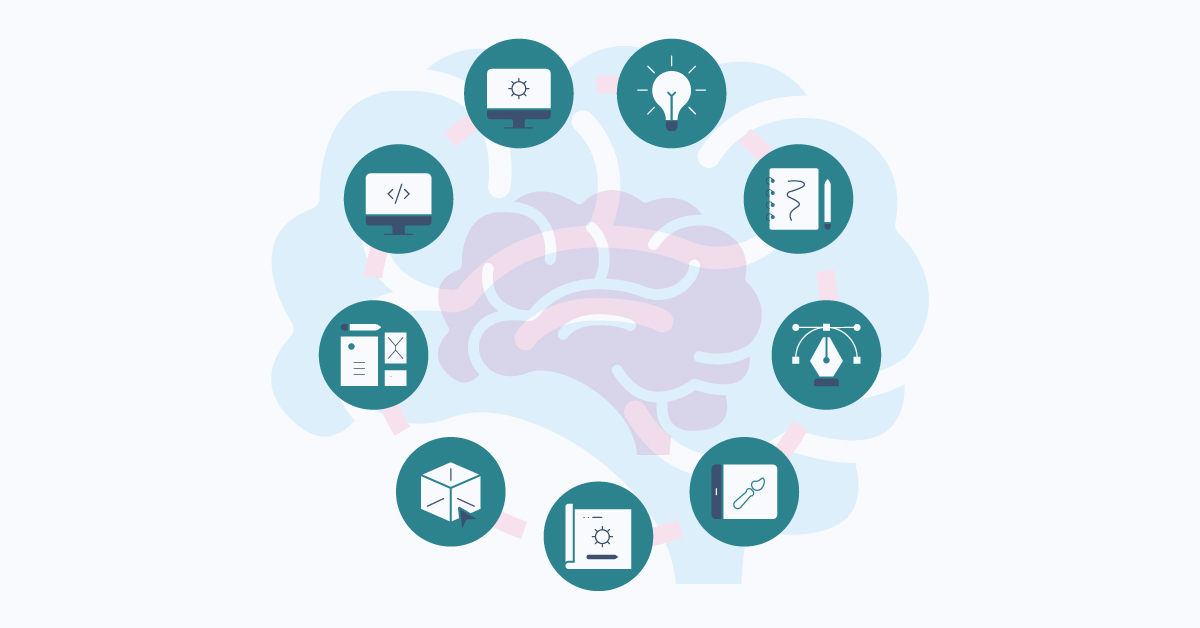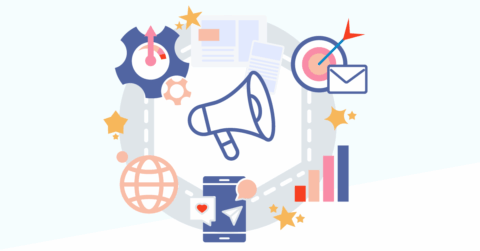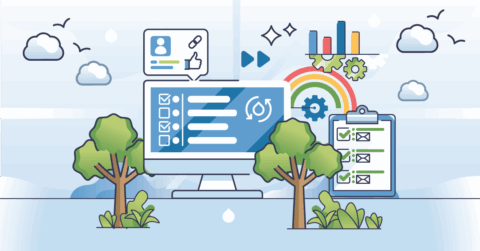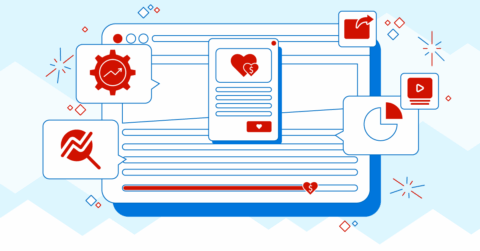
The Psychology Of Web Design
06/06/24
digital design
If you want your website to be as effective as possible, you have to consider how people interact with it when using it. This is where the psychology of web design comes into play.
Understand the psychology of how people respond to and interact with your website, and you are able to significantly improve the overall user experience. This contributes to more customers, more donations, and a stronger organization overall.
Below you will find seven tips related to the psychology of web design. These are all designed to make your website more effective – and more profitable!
The Psychology Of Web Design: 7 Tips
1) Spend extra time on first impressions
First impressions are crucial in web design. Research shows that users form an opinion about a website within 50 milliseconds of landing on it. This initial impression can influence their overall perception of your brand and determines how long they choose to stay.
Here are a few key factors to consider when it comes to first impressions of your site:
- Visual appeal: A clean, visually appealing design can captivate users instantly
- Loading speed: Fast-loading websites are essential for retaining user attention
- Ease of navigation: Clear and intuitive navigation is a must
2) Use the most impactful colors
Different colors evoke specific emotions and behaviors. Because of that, the colors you use can have a profound psychological impact on your users. Here’s a quick rundown of a few different colors:
- Red: Urgency and excitement; use to highlight important elements
- Blue: Calming effect; use to convey trust and professionalism
- Black and white: Classic and versatile; use to create a clean look and pair with other colors
Understanding color psychology can help you choose the right color scheme for your website to elicit the desired response from your audience.
Regardless of your exact industry, the colors you use play an important role in the psychology of web design. For more information, be sure to check out a complete rundown of the psychology of different colors.
3) Pay attention to typography
Typography affects the overall user experience of your site. That’s because it’s an intricate part of readability, user engagement, and the overall aesthetic of your website. What are the things to keep in mind?
As it applies to the psychology of web design, there are a few things to focus on. This includes everything from your font choice (serif fonts like Times New Roman are some of the most widely-used) to your overall hierarchy (use headings and subheadings to organize your content). You might also consider making a brand style guide.
Perhaps the most important rule to live by is simply make things readable. Ensure text is easy to read by choosing an appropriate font size and line height. You should also avoid overly decorative fonts or large blocks of text. These all make interaction with your website much more enjoyable.
4) Always consider the layout of your website
The layout of a website is an essential consideration. An effective layout significantly influences how users navigate and interact with the content. Done right, and it should provide a seamless user experience, guiding visitors naturally from one section to another.
We all know this intuitively. More difficult is knowing where to start. Here are a few points to consider:
- “F-pattern” layout: Studies show that users often scan web pages in an F-shaped pattern. This means their focus is more on the top and left sections. Place important information and calls to action along these areas.
- Grid system: Using a grid system ensures a balanced and organized layout. This makes it easier for users to navigate and find important information.
- Whitespace: Most people prefer the layout of a more “minimalist” site. Also known as negative space, whitespace helps you achieve this look. Consider using more of it.
5) Keep things simple
Simplicity is a good general rule for your web design. You don’t want web pages to be overly complicated. In fact, simpler is often superior. This lessens the overall cognitive load on your user. The result is that there is less mental effort required to process information on your site, and it’s more immediately obvious how you can help your user.
As we’ve already mentioned, a minimalist design is a good way to go. In practice, this means you use fewer elements and leave more empty space. This is applicable to all your web content, from your home page all the way down to the landing pages you use.
6) Remember the power of images
Images are a powerful tool in web design. This should come as no surprise. No matter how good of a copywriter you are, and no matter how engaging your website, images can be quite effective. They convey messages quickly and effectively, and are also effective at provoking strong emotional reactions.
Of course, the images you use are an important consideration. You can’t expect success regardless of what you decide to implement. Make sure the images you include on your site are relevant to your user. You also want to make sure the emotions they provoke are appropriate. For example, images of happy customers can build trust and encourage engagement, and are often quite effective on sales pages.
7) Always use persuasive design techniques
Lastly, the psychology of web design also takes into account persuasion. It’s great that people enjoy your website and spend time on it. Even more important, however, is that they take a specific action.
If you want to influence your site visitor to behave in a specific way, there are several points to remember. Here are just three of them:
- Social proof: Displaying testimonials, reviews, and case studies can build credibility and trust.
- Urgency: Highlighting limited-time offers or deals reliably prompts users to take specific actions.
Reciprocity: Offering something of value (such as a free e-book or discount) isn’t just great for lead generation– it can also encourage people to become a customer immediately.
…
Are you an enterprise, nonprofit or small business looking for help on your website? Give us a shout! We provide a free consultation. Email us at [email protected] or call us at (718) 855-1919!









